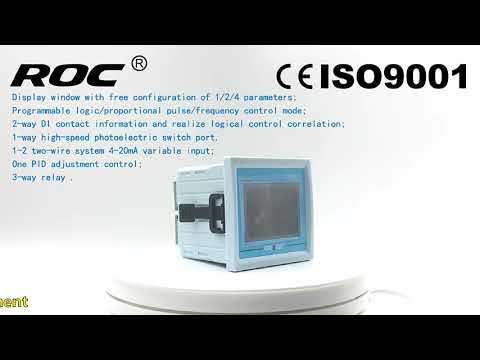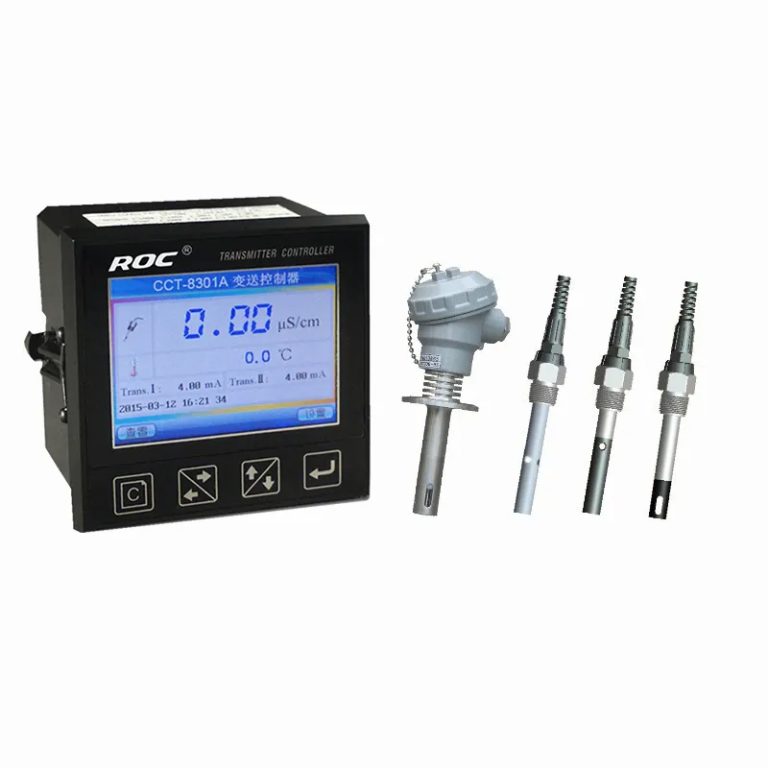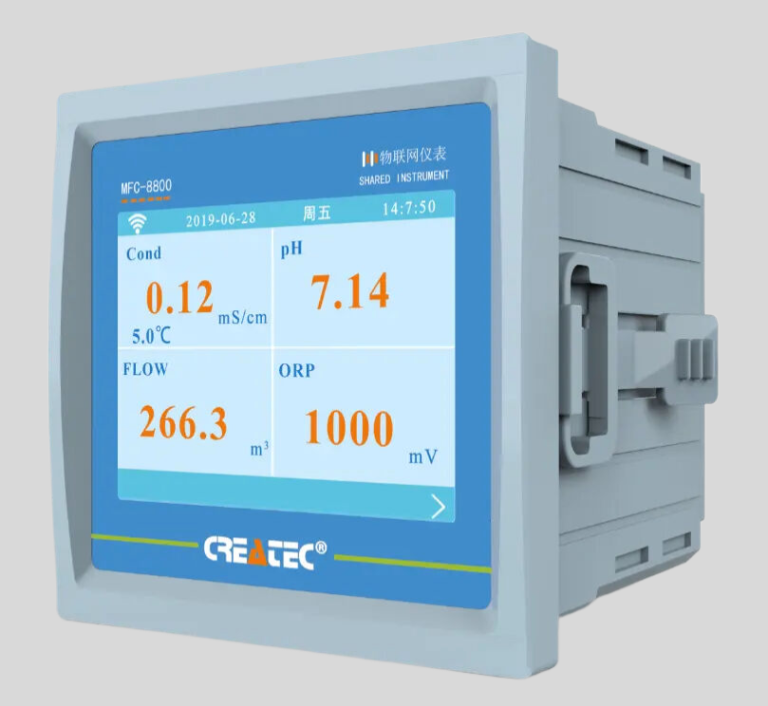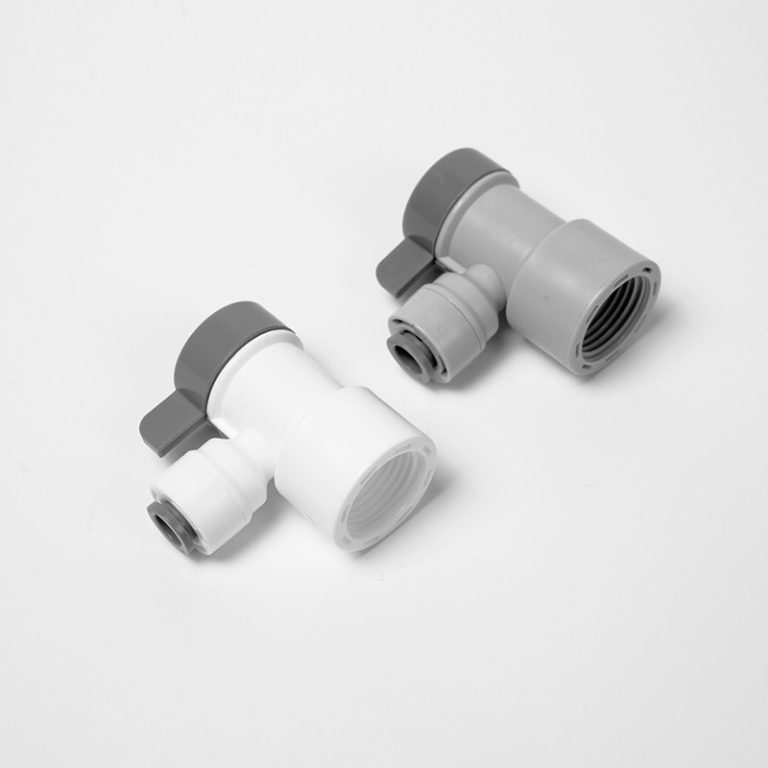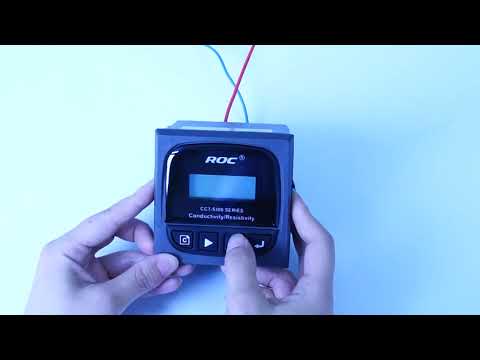Table of Contents
Benefits of Using Flow Sensors in IoT Applications
Flow sensors are a crucial component in many Internet of Things (IoT) applications, providing valuable data on the movement of liquids or gases within a system. These sensors play a key role in monitoring and controlling the flow of substances in a wide range of industries, from manufacturing and healthcare to agriculture and environmental monitoring. In this article, we will explore the benefits of using flow sensors in IoT applications and how they can enhance efficiency, accuracy, and overall performance.
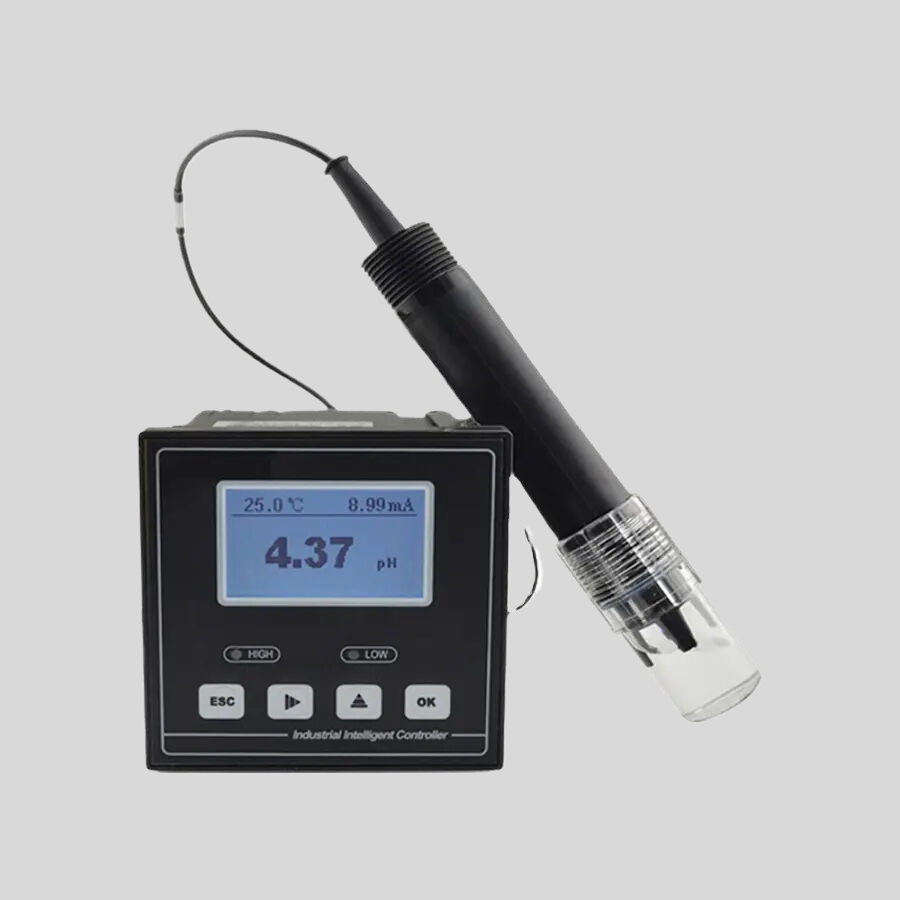
One of the primary advantages of incorporating flow sensors into IoT systems is the ability to gather real-time data on flow rates and volumes. By continuously monitoring the flow of liquids or gases, businesses can gain valuable insights into their processes and make informed decisions to optimize efficiency and reduce waste. This data can also be used to detect anomalies or potential issues in the system, allowing for proactive maintenance and troubleshooting before problems escalate.
Furthermore, flow sensors can help improve accuracy and precision in various applications. By providing precise measurements of flow rates, these sensors enable businesses to maintain consistent product quality and ensure compliance with industry standards and regulations. In industries such as pharmaceuticals or food and beverage production, where precise flow control is essential, flow sensors can play a critical role in ensuring product integrity and safety.
In addition to enhancing efficiency and accuracy, flow sensors can also contribute to cost savings and resource conservation. By monitoring and controlling flow rates, businesses can optimize their processes to minimize waste and reduce energy consumption. For example, in irrigation systems, flow sensors can help farmers optimize water usage by delivering the right amount of water to crops based on real-time data, leading to significant water savings and improved crop yields.
Moreover, the integration of flow sensors into IoT systems can enable remote monitoring and control capabilities, allowing businesses to access real-time flow data from anywhere at any time. This remote monitoring capability not only enhances operational efficiency but also enables businesses to respond quickly to changing conditions or emergencies. For example, in industrial applications, flow sensors can alert operators to potential leaks or blockages in the system, enabling them to take immediate action to prevent costly downtime or damage.
Another benefit of using flow sensors in IoT applications is the potential for predictive maintenance. By analyzing flow data over time, businesses can identify patterns and trends that may indicate impending equipment failure or maintenance needs. This proactive approach to maintenance can help businesses avoid unexpected downtime, reduce repair costs, and extend the lifespan of their equipment.
Overall, the integration of flow sensors into IoT applications offers a wide range of benefits, including improved efficiency, accuracy, cost savings, and remote monitoring capabilities. These sensors play a crucial role in optimizing processes, enhancing product quality, and ensuring compliance with industry standards. As IoT technology continues to evolve, the use of flow sensors is expected to become even more widespread across various industries, driving innovation and efficiency in the digital age.
How to Choose the Right Flow Sensor for Your IoT Project
Flow sensors are an essential component in many Internet of Things (IoT) projects, as they provide crucial data on the movement of liquids or gases within a system. Choosing the right flow sensor for your IoT project is crucial to ensure accurate and reliable data collection. With a wide range of flow sensors available on the market, it can be overwhelming to select the best one for your specific needs. In this article, we will discuss some key factors to consider when choosing a flow sensor for your IoT project.
One of the first things to consider when selecting a flow sensor is the type of fluid you will be measuring. Different flow sensors are designed to measure different types of fluids, such as water, air, or chemicals. It is important to choose a flow sensor that is compatible with the specific fluid you will be measuring to ensure accurate readings. Additionally, consider the flow rate of the fluid, as some flow sensors are designed for low flow rates, while others are better suited for high flow rates.
Another important factor to consider when choosing a flow sensor is the accuracy of the sensor. The accuracy of a flow sensor is crucial for obtaining reliable data in your IoT project. Look for flow sensors that have a high level of accuracy and repeatability to ensure consistent and precise measurements. Additionally, consider the resolution of the sensor, as higher resolution sensors will provide more detailed data.
In addition to accuracy, it is important to consider the response time of the flow sensor. The response time of a flow sensor refers to how quickly the sensor can detect changes in flow rate. A fast response time is essential for applications where real-time data is required. Consider the application of your IoT project and choose a flow sensor with a response time that meets your specific needs.
When selecting a flow sensor for your IoT project, it is also important to consider the physical characteristics of the sensor. Consider factors such as the size, shape, and mounting options of the sensor to ensure it will fit within your system. Additionally, consider the environmental conditions in which the sensor will be operating, such as temperature, pressure, and humidity. Choose a flow sensor that is designed to withstand these conditions to ensure reliable operation.
Finally, consider the communication interface of the flow sensor. Many modern flow sensors are equipped with digital communication interfaces, such as I2C, SPI, or UART, which allow for easy integration with IoT devices. Consider the compatibility of the flow sensor’s communication interface with your IoT platform to ensure seamless data transfer.
In conclusion, choosing the right flow sensor for your IoT project is crucial for obtaining accurate and reliable data. Consider factors such as the type of fluid, accuracy, response time, physical characteristics, and communication interface when selecting a flow sensor. By carefully evaluating these factors, you can choose a flow sensor that meets the specific needs of your IoT project and ensures successful data collection.
| Measuring Method | N,N-Diethyl-1,4-phenylenediamine (DPD) spectrophotometry | |||
| Model | CLA-7122 | CLA-7222 | CLA-7123 | CLA-7223 |
| Inlet water channel | Single channel | Dual channel | Single channel | Dual channel\\u00a0 |
| Measurement range | Total Chlorine : (0.0 \\uff5e 2.0)mg/L ,calculated as Cl2 ; | Total Chlorine : (0.5 \\uff5e10.0)mg/L ,calculated as Cl2 ; | ||
| pH\\uff1a\\uff080-14\\uff09\\uff1btemperature\\uff1a\\uff080-100\\uff09\\u2103 | ||||
| Accuracy | Free chlorine: \\u00b110% or 0.05mg/L (whichever is greater), calculated as Cl2; Total chlorine: \\u00b110% or 0.05mg/L (whichever is greater), calculated as Cl2 | Free chlorine: \\u00b110% or 0.25mg/L (whichever is greater), calculated as Cl2; Total chlorine: \\u00b110% or 0.25mg/L (whichever is greater), calculated as Cl2 | ||
| pH:\\u00b10.1pH\\uff1bTemp.:\\u00b10.5\\u2103 | ||||
| Measurement cycle | Free Chlorine\\u22642.5min | |||
| Sampling interval | The interval (1\\uff5e999) min can be set to any value | |||
| Maintenance cycle | Recommended once a month (see maintenance chapter) | |||
| Environmental | Ventilated and dry room without strong vibration; Suggested room temperature: (15 \\uff5e 28)\\u2103; relative humidity: \\u226485% (no condensation). | |||
| requirements | ||||
| Sample water flow | \\uff08200-400\\uff09 mL/min | |||
| inlet water pressure | \\uff080.1-0.3\\uff09 bar | |||
| Inlet water temperature range | \\uff080-40\\uff09\\u2103 | |||
| Power supply | AC (100-240)V\\uff1b 50/60Hz | |||
| Consumption | 120W | |||
| Power connection | 3-core power cord with plug is connected to the mains socket with ground wire | |||
| Data output | RS232/RS485/\\uff084\\uff5e20\\uff09mA | |||
| Dimension size | H*W*D:\\uff08800*400*200\\uff09mm | |||

